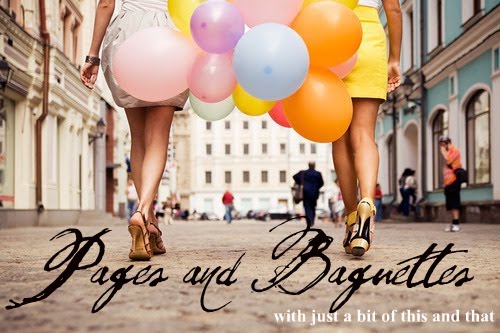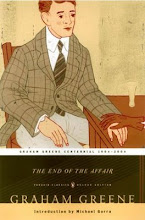
The preferences for extraversion (thus spelled in Myers-Briggs jargon) and
introversion are sometimes referred to as attitudes. Briggs
and Myers recognized that each of the cognitive functions can operate in the
external world of behavior, action, people and things (extraverted attitude) or
the internal world of ideas and reflection (introverted attitude). The
Myers-Briggs Type Indicator sorts for an overall preference for one or the other
of these.The terms extravert and introvert are used in a special sense when
discussing the Myers-Briggs Type Indicator. People who prefer extraversion draw
energy from action: they tend to act, then reflect, then act further. If they
are inactive, their level of energy and motivation tends to decline. Conversely,
those who prefer introversion become less energized as they act: they prefer to
reflect, then act, then reflect again. People who prefer introversion need time
out to reflect in order to rebuild energy.The extravert's flow is directed outward toward people and objects, and the introvert's is directed inward toward concepts and ideas. There are several contrasting characteristics between extraverts and introverts: extraverts are action-oriented and desire breadth, while introverts are thought-oriented and seek depth. Extraverts often prefer more frequent interaction, while introverts prefer more substantial interaction.

















It appears that I'm still an "ESTJ"...and 89% extraverted!
ReplyDelete